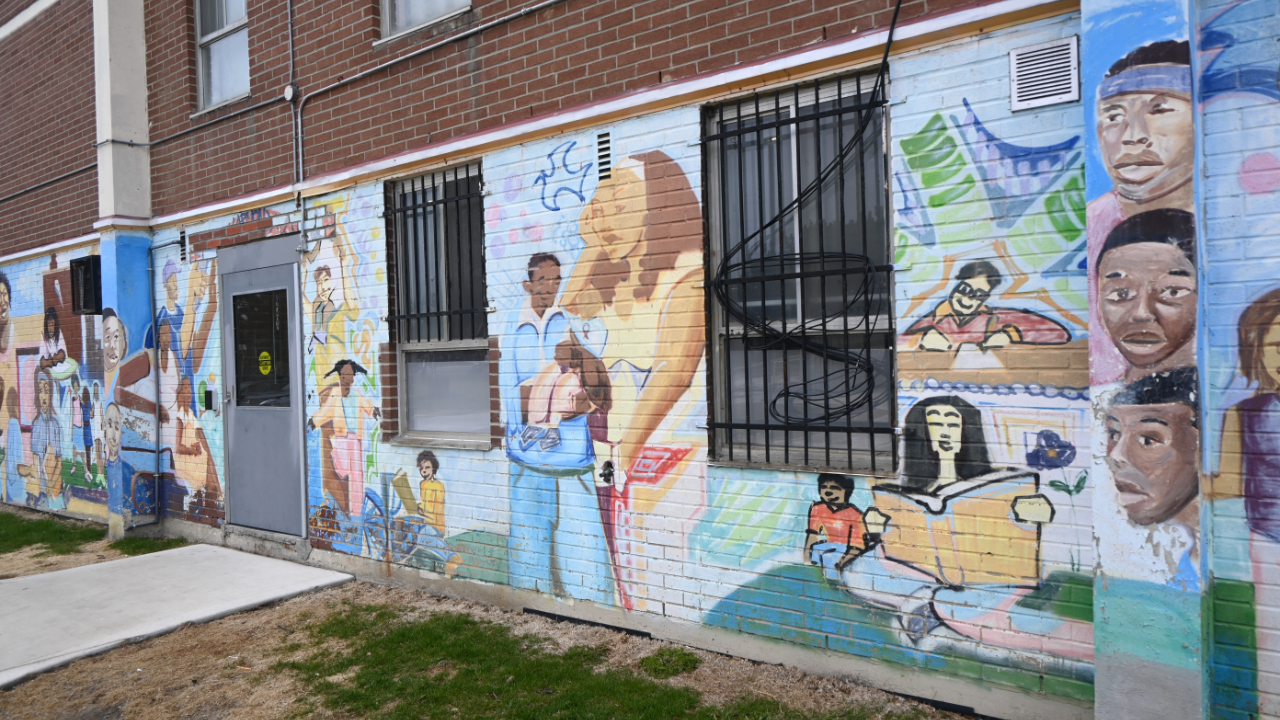United Way Greater Toronto (UWGT) is supporting Black-led and community-driven solutions in the Greater Toronto Area with a long-term vision for change. That advocacy is visible in the Jane-Finch community, a historically marginalized neighbourhood undergoing major infrastructure development and demographic shifts.

The $1-million Jane-Finch Community Action Grant “is part of United Way Greater Toronto’s broader investment to support neighbourhood-focused, community-led initiatives,” said Olga Mugisha, Senior Manager of Community Investment at UWGT.
The targeted grant “supports resident-led, Black-led, and local initiatives in Jane-Finch aimed at addressing systemic inequities like employment barriers, community safety, food justice, and anti-displacement efforts,” she said.
Mugisha added that “residents played a leading role in the decision-making process, ensuring that investments were grounded in lived experience and community knowledge.”
UWGT selected seven projects in the first round of funding, including Afrocentric parenting programs, youth leadership training and mental health initiatives. The goal was to support grassroots efforts that reflect community priorities and address challenges uniquely faced by Black residents in the Jane-Finch area.
The funding model is a component of a larger change that UWGT has made to focus on sustainability and justice in its community investment approach. At its core are flexible grant formats, multi-year commitments, and community-led decision-making.
“For years — decades — Black-led, focused agencies were underfunded. They did not receive the fair proportion of funding they should have, nor were funders invested in building their capacity to ensure they were successful,” said Adaoma Patterson, Director of Community Investment at UWGT.
Patterson stated that by extending collaborations, changing the way help is provided, and committing to multi-year funding, the organization has attempted to close these gaps.
“United Way is a relational funder — we’re not just about the cheque and then you don’t hear from us until reporting time. We build relationships with our agencies. Trust is important.”
She pointed to the African asylum seeker crisis in 2023 as one example of why that relationship matters. “With the crisis of African asylum seekers… it was Black organizations who raised the cry and alarm. They were instrumental in getting government and other partners to act. United Way was one of the first funders to jump in.”
“Our investments are intentional and targeted — organizations like Restoration and Empowerment for Social Transition (REST), which focuses on Black youth housing, received additional funding for expansion. It’s not just about support, but about growth,” she said.
Another example of this support is the Organizational Infrastructure Grant. “The Organizational Infrastructure Grant provided general operating support — agencies were able to identify what those funds were needed for. It wasn’t prescriptive, and many transitioned to receive our core five-year funding,” Patterson said.
Michelle Dagnino, Executive Director of the Jane-Finch Centre, said that investments like the Community Action Grant have had a clear impact on the ground.
“Resident action grants give people the chance to bring ideas to life — building leadership, capacity, and solutions around highly local issues that larger organizations might miss,” she said.
The Jane-Finch Centre, one of UWGT’s anchor agencies, helps residents access services, run local programs and build long-term strategies for neighbourhood development.
“United Way is putting its money where its mouth is — supporting community impact through anchor agencies like the Jane-Finch Centre, while helping residents lead,” Dagnino said. She underlined the importance of long-term, consistent vision. “It’s not a three-year investment — it’s a 30-year investment. It is a master plan, a revitalization, a way to see the neighborhood as a place people can live in throughout the generations, not just a place to move away from.”
She added that prioritizing Black-led groups is essential to building a future rooted in justice and belonging.
“The barriers that Black-led groups face come with generations of anti-Black racism and trauma — it requires a strategy that recognizes the ways the neighborhood thrives, especially because of its Black residents.”
“This work is about celebrating neighborhoods and helping people thrive — not just solving the immediate need, but having a vision for the future,” she said.

This story was produced as part of a partnership between Centennial College journalism students and United Way Greater Toronto.
